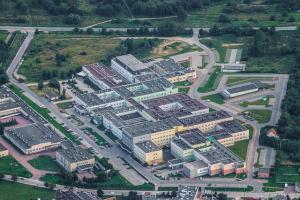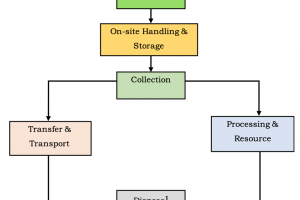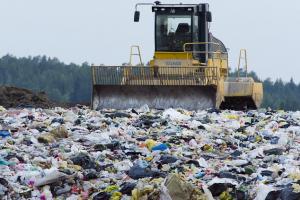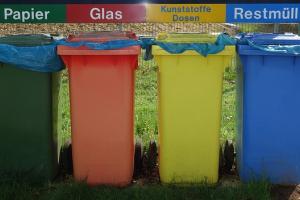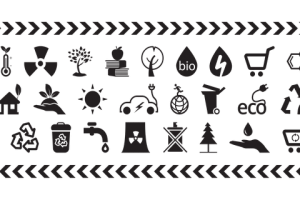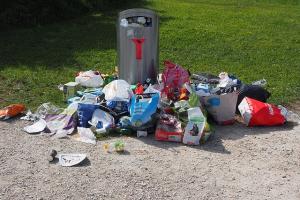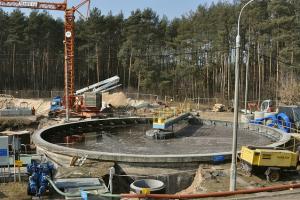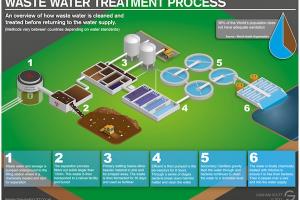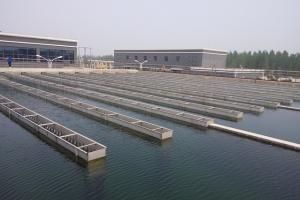Clinical Wastes, Hospital Radiation & Radiography
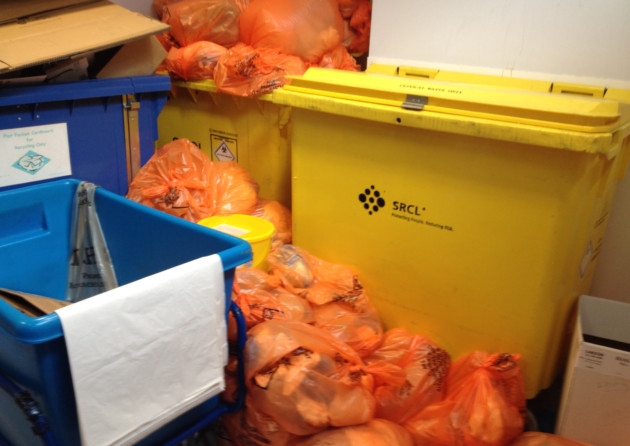
These include human and animal tissue on excretions, drugs medicinal products, swabs and dressing etc. This classification is expended due to their importance and the fact that these affect our Environment and ecological system, ultimately effect on our health. A study based on a survey of some 17 hospitals indicates that solvent and chemicals are the predominant toxic or hazardous hospital waste generated and that these materials may be generated at a rate of some 21 ml /bed per day 90.056 Ib/bed per day
Literature Review for Hospital Radiation
Experimental Radii Therapeutics
Much of the Experimental work on the Biological effects of radiation has some relation to the treatment of cancer. The aim of radio therapy in malignant disease is to destroy the cancerous tumor by the administration of a measured quantity of radiation which, although sufficient to bring about the destruction or sterilization of the tumor cells. Abnormal cells are more susceptible to the action of radiation. This slight difference in sensitivity from normal cell causes its exploitation. The physical variables are radiation, dose rate and time interval.
 The Biological factors include the histological type of tumor, its site, the degree of advancement and spread in the body Sealed sources of radio active materials used in hospitals are a very different matter. While they remain scaled they are so well shielded that correct operation involves no hazard. However, occasional accidents show that sealed sources can leak. Cobalt sources may contain many thousands of curies of cobalt-60.
The Biological factors include the histological type of tumor, its site, the degree of advancement and spread in the body Sealed sources of radio active materials used in hospitals are a very different matter. While they remain scaled they are so well shielded that correct operation involves no hazard. However, occasional accidents show that sealed sources can leak. Cobalt sources may contain many thousands of curies of cobalt-60.
This is usually in the form of small nickel-plated granules, which are unlikely to escape from their container without serious mistreatment. But glass vials and metal capsules containing smaller amounts of cobalt-60. An accident to large galled sources could lead to a serious contamination and clean up problems with resultant radio-active wastes requiring special disposal techniques.
The excreta of some patients need more precautions. Dressings and bed linen, Instruments and equipment, floor coverings and furniture, can all become contaminated. Due to short half life of 2.7 days for gold-198, the hospital physicist may store the waste until most of the activity has decayed, or highly diluted when discharged to the sewer. The gold seeds or needles may constitute a solid waste. Unused seeds are stored to become inactive waste.
In all cases three quarter of the iodine-131 administered is eliminated in the urine. This is usually discharged to the sewer, but in certain cases, where the dilution on discharge would be small. The urine is stored to allow the activity to decay to an acceptable level.
Phosphorus 32 is used for the treatment of blood disorders, most of which is eliminated in the urine during the week after administration at roughly constant rate. Teletherapy source contain several hundred curies of cobalt-60 or cesium- 137 (half 33 year) and are used instead of x-ray therapy units. After a period, probably less than one half lives, the activity of these sources will have drooped to a useless level. The cobalt-60 sources will probably be reradiated, but the cesium- 137 may become a waste if an economic outlet for the lower activity source cannot be found.
Radiography (Sealed Source)
High active cobalt-60 sources are used in external radiation therapy in a manner similar to x-rays. This requires the focusing of the gamma radiation from the cobalt on a particular area, e.g. the lymph nodes in the neck region, for a prescribed period of time. This type of therapy makes use of the penetrating power of the gamma rays from the isotope. Although the treatment makes cell damage, the patient does not carry any radio-activity after the treatment period is completed. Co-60 used in metallic form exists in the form of seeds, needles, or wires which are implanted into certain body cavities. This type of isotope therapy is in the treatment of advanced stages of cancer involving the cervix. Vagina, uterus and bladder. It has also & en used in carcinoma of the mouth, tongue and lip.
The following are the common methods of utilizing isotopes for therapeutic benefit.
A procedure known as teletherapy employing gamma-emitting isotopes e.g. Co-60, with activity as high as 2000C, focuses radiation directly on the area under treatment. The patient is exposed to the radiation for a prescribed period of time through a F. mote-controlled shutter.
Implantation therapy describes various procedures involving direct introduction of scaled radio active sources into tumor tissue; e.g. 60Co, 1S Ta. The sources are small "seeds" needles or wires. Contact therapy through the use of applicators containing beta emitting isotopes re used for dermatological areas or ophthalmic tumors. This can be 1 removed as necessary and placed where desired
Protection against unsealed sources in Medicine
Diagnostic jade isotope test uses radioactive tracer for studying lungs, I brain, liver, spleen, kidneys, thyroid, bone and blood. The radio nuclide selected depends upon the organ being studied e.g. calcium-47 or strontium-85 is bone seeking nuclides.
Under most circumstances the patient might be discharged immediately because of low activities.
Also See: Types of Hospital Waste
Radioisotope Therapy
In this method radiation therapy is carried out by the ingestion or injection of radio-nuclides solution into the body. The nuclide been is one which concentrates in the organ needing treatment thus minimizing the doze to the rest of the body.Patients containing therapeutic quantities of radio activity could be nursed under conditions which permit easy containment of radio activity in case of contamination.
Ideally special ward should be available in which all surfaces are designed to permit easy cleaning and filtered extract system are provided, protective gowns and gloves must be worn when handling the patients, contaminated linen or excreta and a special storage area is provided, for contaminated linen waste and samples of excreta.
The radiation safety officer specifies any limitations on time allowable for nursing procedures or visiting periods.Washing and monitoring facilities must be provided for use when leaving the area and regular radiation and contamination survey have been made of the ward.




